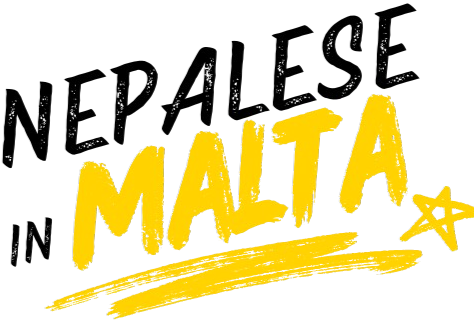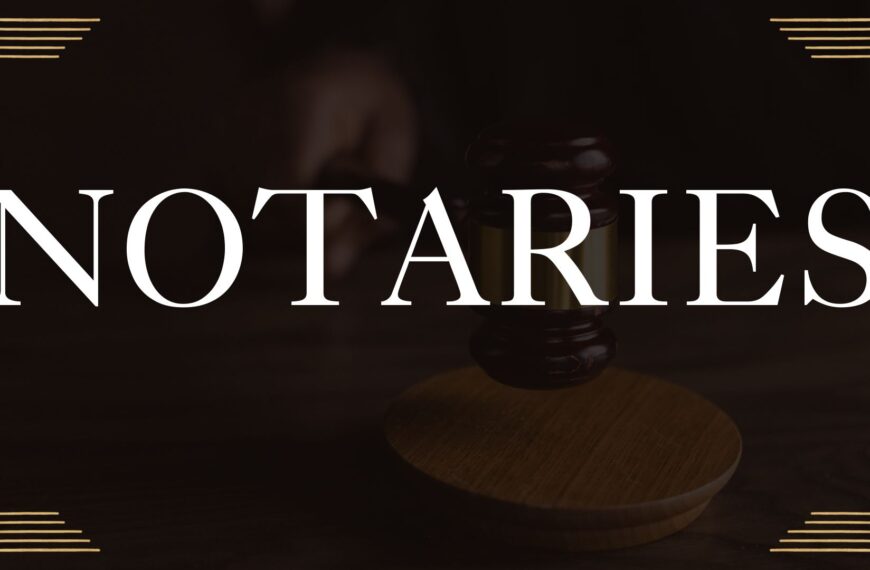For Nepalese in Malta, festivals are not just about celebration — they are a reminder of home, family, and the beautiful traditions that keep us connected even when we are far away. One of the most colorful and meaningful festivals we celebrate is Tihar, also known as Deepawali or the Festival of Lights.
Tihar is the second biggest festival in Nepal after Dashain. It is a time when homes glow with oil lamps, families share blessings, and everyone celebrates the bond between humans, animals, and gods.
The History and Meaning of Tihar
Tihar has deep roots in Hindu mythology. It is believed that the festival began as a way to honor Yama, the god of death, and his sister Yamuna. According to the legend, Yamuna invited Yama to her home, worshipped him with love and devotion, and asked for a blessing that no brother would die on that day. Since then, this day is celebrated as Bhai Tika, a symbol of love between brothers and sisters.
The entire festival lasts five days, and each day carries a special meaning — honoring life in all its forms: animals, birds, humans, and gods.
The Five Days of Tihar (Yama Panchak)
Tihar is also called Yama Panchak because it is celebrated for five days to honor Yama, the god of death. Let’s look at each day:
Day 1 – Kaag Tihar (Crow Day)
The first day is for crows — known as messengers of Yama. Nepalese people offer food to crows early in the morning. It is believed that feeding crows keeps away bad news and brings good luck.
Even for Nepalese in Malta, we can keep this spirit alive by remembering the message: to respect all forms of life.
Day 2 – Kukur Tihar (Dog Day)
This is one of the most loved days of Tihar. On this day, dogs are worshipped with tika, flower garlands, and delicious food. In Nepal, dogs are believed to guard homes and guide souls after death.
Many Nepali families in Malta also celebrate Kukur Tihar by offering treats to their pets — showing that love and gratitude have no borders.
Day 3 – Gai Tihar and Laxmi Puja (Cow and Goddess Laxmi Day)
The third day is very special. In the morning, cows are worshipped as symbols of wealth and kindness. In the evening, homes are cleaned and decorated with lights, flowers, and diyo (oil lamps) to welcome Goddess Laxmi, the goddess of wealth and prosperity.
For Nepalese in Malta, lighting a small candle or decorating the home with fairy lights can make this evening feel like being back home.
Day 4 – Govardhan Puja and Mha Puja (Self Worship)
This day is known differently among communities. Some perform Govardhan Puja, worshipping nature and Lord Krishna for protecting them. Others celebrate Mha Puja, especially in the Newar community, which means worshipping the self — reminding us that self-care, positivity, and inner peace are just as important as worshipping gods.
Day 5 – Bhai Tika (Brother and Sister Day)
The final and most emotional day of Tihar. Sisters put tika of seven colors (saptarangi tika) on their brothers’ foreheads, pray for their long life, and offer sel roti, fruits, and sweets. Brothers, in return, give gifts and blessings.
Even when living in Malta, brothers and sisters who can’t meet often connect through video calls, sending love and blessings across oceans.
Why We Worship Animals and Birds During Tihar
Tihar is not just a religious festival — it’s a message of respect for every living being.
Each animal and bird represents a special part of nature and human life:
- Crows remind us to respect messages and communication.
- Dogs teach us loyalty and friendship.
- Cows show us kindness and nourishment.
- Humans remind us to care for ourselves and one another.
By honoring them, we celebrate the deep connection between humans and nature — a bond that brings balance, peace, and happiness.
How Nepalese in Malta Celebrate Tihar
Far from home, Tihar takes on new colors among Nepalese in Malta. Many Nepali families gather to sing Deusi-Bhailo, cook sel roti, and decorate their rooms with lights and flowers. Some visit friends, share Nepali food, and celebrate together after work.
Even in a small apartment, lighting a few diyos or candles, sharing sweets, and listening to Nepali songs can bring the warm feeling of Tihar alive.
The Real Spirit of Tihar
At its heart, Tihar is about light over darkness, love over distance, and hope over fear. It teaches us to care for animals, honor family, and thank the gods for everything we have.
For every Nepali living abroad — especially Nepalese in Malta — Tihar is more than a festival. It is a reminder of who we are and the beautiful culture we carry wherever we go.
Final Thoughts
As the diyos glow and the air fills with laughter and blessings, let’s remember that Tihar is not just celebrated in Nepal — it lives in the hearts of Nepalese everywhere.
So this year, even if you are far from home, light your candle, call your loved ones, and celebrate the joy of being together in spirit.
Happy Tihar and Deepawali to all Nepalese in Malta!
Let the light of love and happiness shine in every home.









